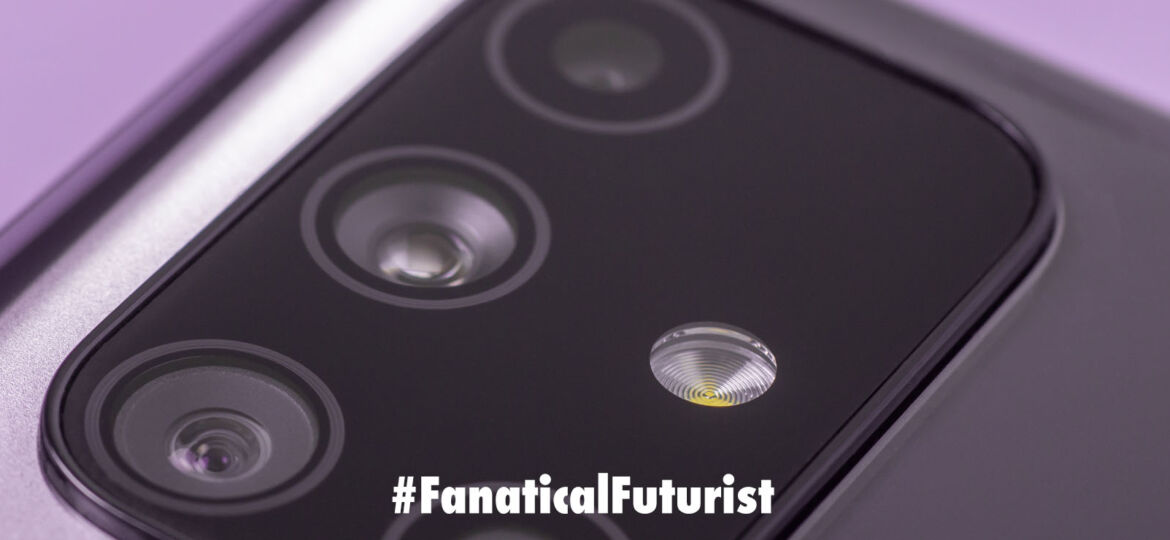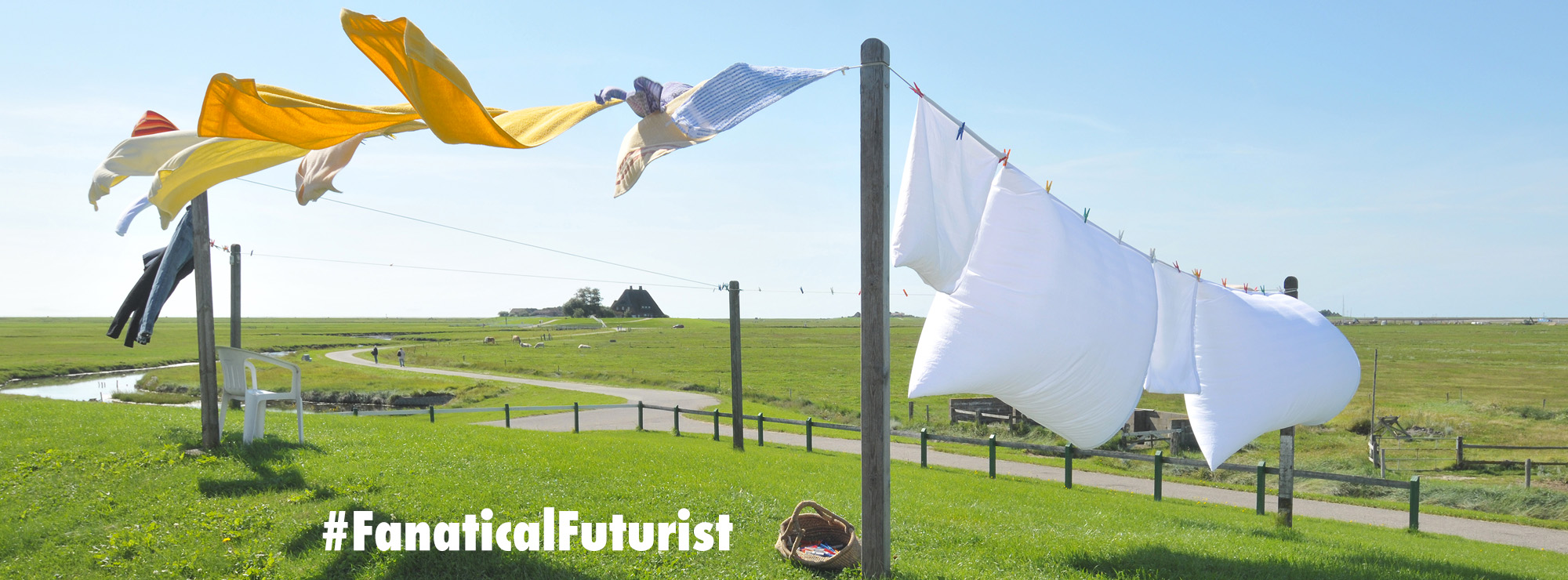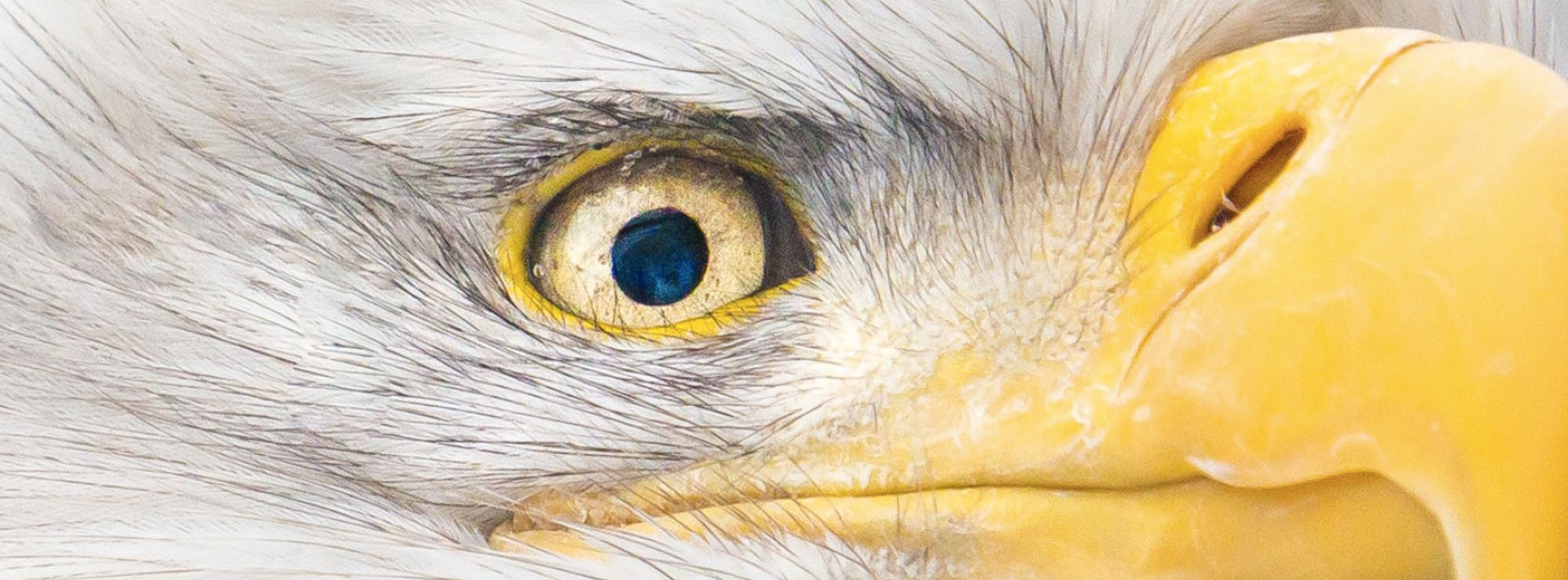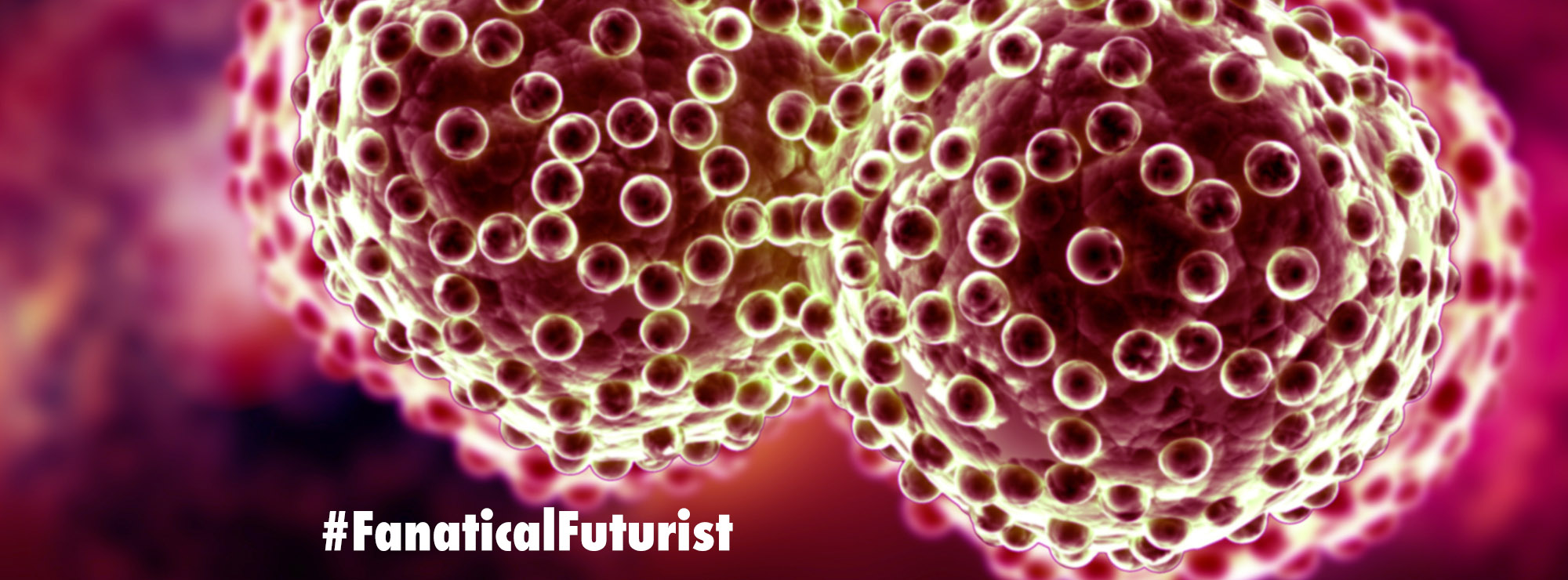
WHY THIS MATTERS IN BRIEF
Why settle for photo-real images when they can be better than life itself?!
 Love the Exponential Future? Join our XPotential Community, future proof yourself with courses from XPotential University, connect, watch a keynote, or browse my blog.
Love the Exponential Future? Join our XPotential Community, future proof yourself with courses from XPotential University, connect, watch a keynote, or browse my blog.
Samsung’s latest super-sized camera sensor is the “Isocell HP1” and it has a whopping 200 MP sensor which makes it the highest resolution smartphone camera sensor ever made. Ever. Just to put this into perspective if you saved an image from it at full resolution you’d end up with a truly massive 16,384 × 12,288 pixel image – or to put it another way an image 433cm by 325cm.
In this case though Megapixels don’t matter – what matters way more for image quality is the size of each pixel, as bigger pixels, and bigger sensors, capture more light. And with their new sensor Samsung is trying to cover both bases by using pixel binning which merges several pixels into a bigger pixel for low-light situations.
The HP1 has an “all-new” variable pixel-binning technology called “ChameleonCell,” which lets the sensor bin at 2×2 pixels or 4×4 pixels, depending on the amount of light.
At 4×4, you’re ratcheting the 200 MP sensor all the way down to 12.5 MP by merging sets of 16 pixels. This will turn the full-resolution 0.64 μm pixels into a respectable 2.56 μm pixel, which Samsung says “is capable of more light absorption and sensitivity, producing brighter and clearer photos indoors or in the evening.”
Samsung’s other super-sized sensor on the market is the GN2, which showed up in the Xiaomi Mi 11 Ultra and one or two other phones. The GN2 is only a 50MP sensor, but with quad-pixel binning, it would go to a 2.8 μm pixel size. The GN2 is a bigger overall sensor with bigger pixels, so on paper, it should still be capable of better photography.
Samsung says its 200 MP sensor is sampling now and I’m sure that there‘s a big line of OEM’s who are lining it up to put it in your next smartphone … so send me a picture when you get your hands one!















